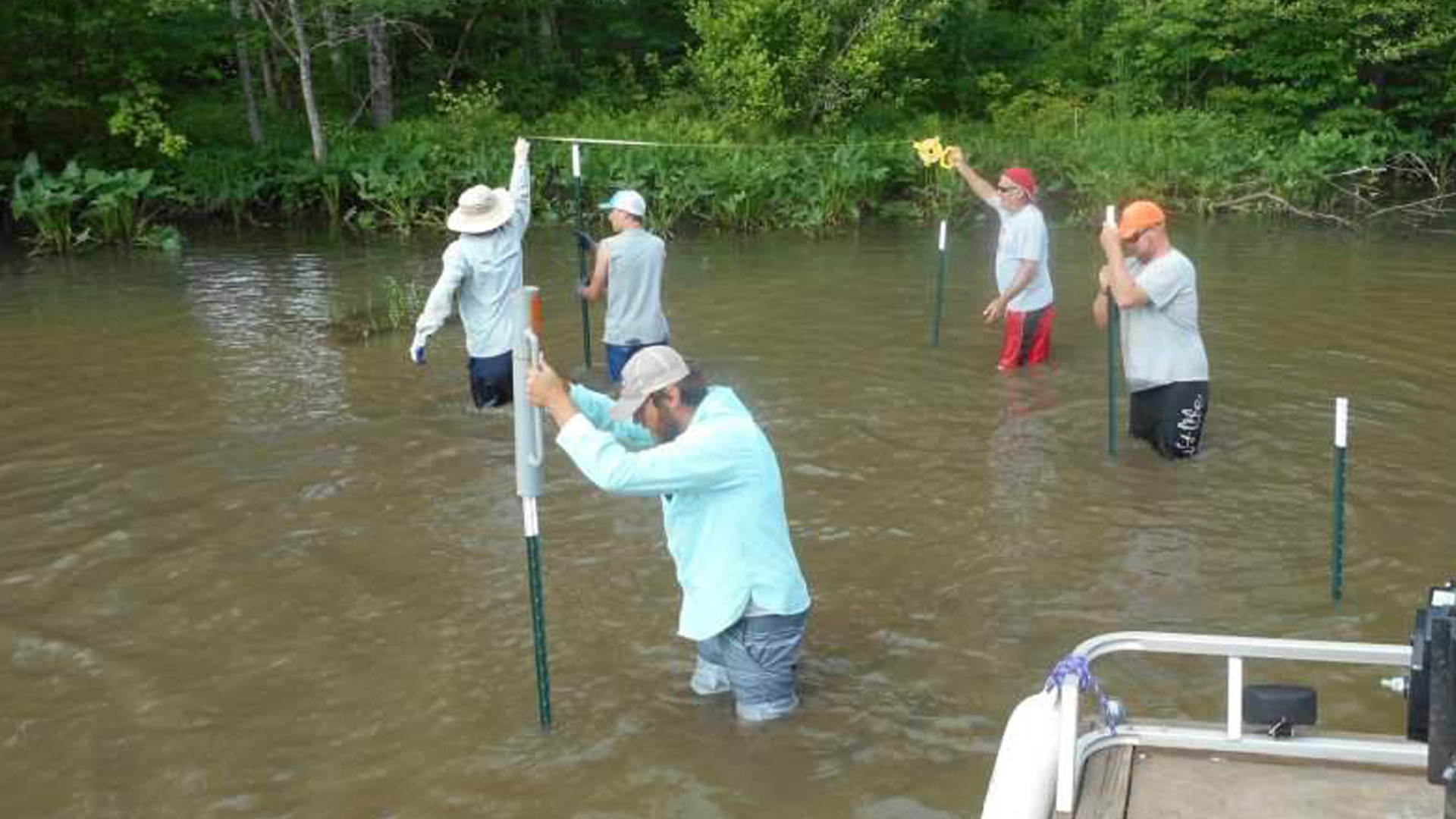Lake Environment Committee
Primary areas of focus including water quality, habitat enhancement, aquatic vegetation enhancement, and other Lake Gaston-related environmental issues.
Lake Gaston Water Quality
Click to read the latest information on the quality of the water in Lake Gaston
Lake Gaston Habitat Enhancement
See the new 5-year Operational Habitat Enhancement Plan for Lake Gaston
Aquatic Vegetation Management
LGA partners with Lake Gaston Weed Control Council and NCSU annually to identify location and volume of noxious and native vegetation
Other Lake Related Environmental Issues
Click to learn about other Lake Gaston related environmental issues and topics
Lake Environment Committee

Meetings: The Lake Environment Committee (LEC) meets monthly with some exceptions as noted on the LGA Calendar.
- Meets - 3rd Wednesday of each month @ 8:30 a.m.
- Location - Lake Gaston Regional Chamber of Commerce @ 2357 Eaton Ferry Road, Littleton, NC 27850
- Email - Committees@LGAncva.com
- Committee Chair - John Franz @ (410 507-4166)
Mission: To maintain the environmental well being of Lake Gaston and surrounding areas in balance with economic development, recreational use and enjoyment of the lake. Represents the LGA with various organizations, including the Lake Gaston Weed Control Council (LGWCC) Stakeholders Group. Partners with North Carolina State University, Dominion Energy, state environmental agencies, and local planning agencies in support of Lake Gaston initiatives.
Primary Function: Support, advocate, participate, research, and monitor environmental conditions at Lake Gaston. Engage with LGA members and lake residents to communicate information/data concerning Lake Gaston’s environment. The LEC operates within four main areas of activity:
- Water Quality
- Aquatic Vegetation Management
- Habitat Enhancement
- Other Lake Related Environmental Issues
The LEC strives to be informed on pertinent issues and maintain rapport with all appropriate groups and agencies involved in the decision-making process for each of these four activities, coordinate with the LGA Board on positions related to major issues, and report progress to the LGA members via the LGA Bulletin, website, and other means of communications.

